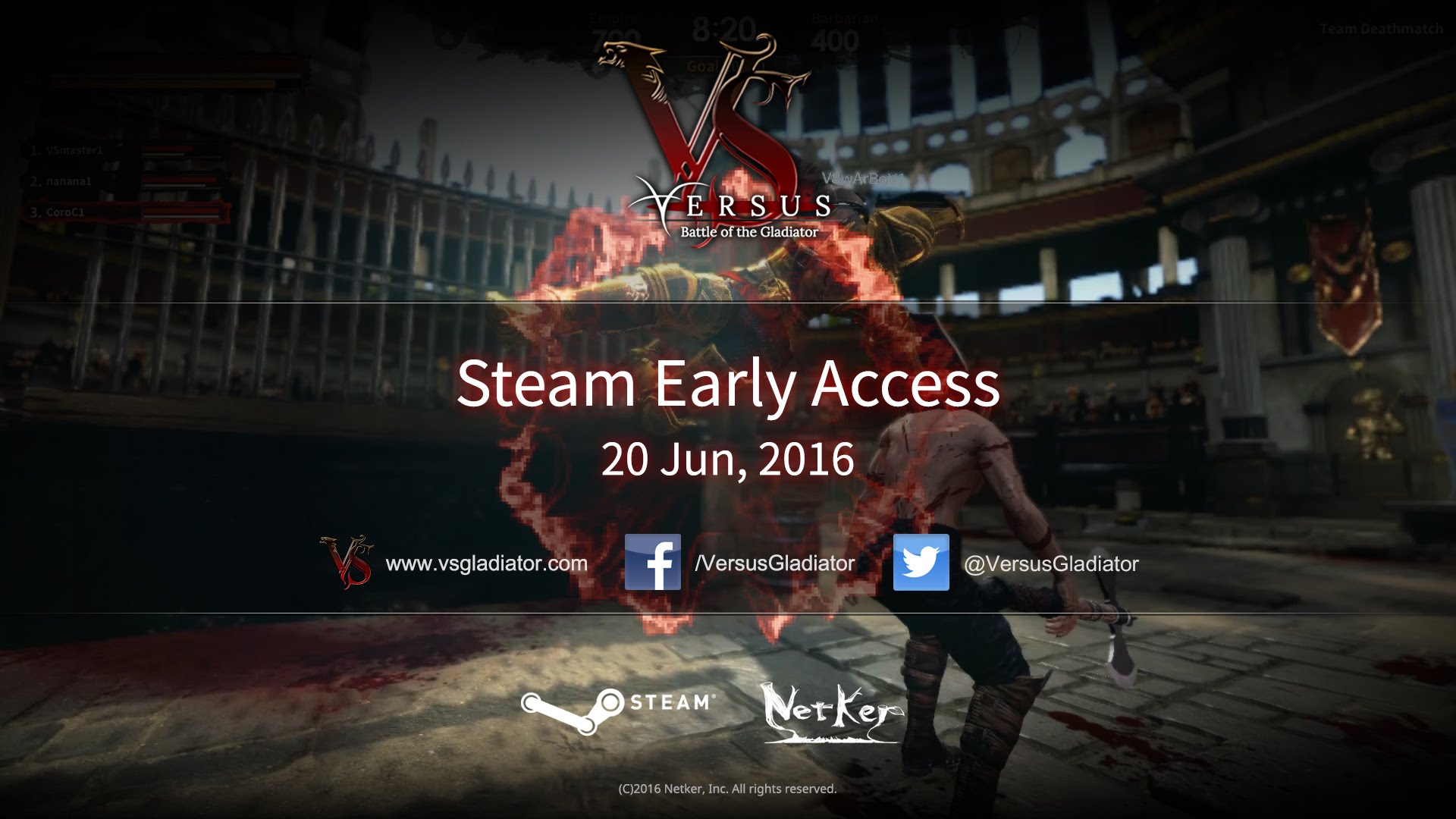


The display is coupled with a 100-degree field of view and an 18ms response time provides users with an experience indistinguishable from real life – although that will rely in some part on the graphics of the game/experience played. While it’s not quite as high as the HTC Vive’s 2160×1200 (1080×1200 per eye) resolution, it still provides users with an immersive VR experience that isn’t that different to the high-end VR headsets. The PlayStation VR headset boasts a 5.7in 1920×1080 full-HD OLED display, equating to 960×1080 per eye. It’s an impressive feat when you consider that high-end PC VR headsets require a powerful PC that’ll cost at least £500-600 to run smoothly. The PSVR headset can be powered by any of the 44 million PS4 consoles currently on the market, and can provide a higher quality experience when powered by Sony’s new PlayStation 4 Pro. The PlayStation VR headset boasts pretty impressive specs for a £349 headset, which should get prospective VR gamers excited. It means that it’s a little awkward to show to friends and family at first, however, much like riding a bike, once you find the knack for it, you’ll be able to put it on with ease. When I first tried to put the headset on, it took me around five minutes (including on-screen prompts showing me how to do it) to properly fasten the headset and align the display, while I had no such issue with the HTC Vive and Oculus Rift. One complaint about the design of the headset? It’s a bit complicated to put on – at first, anyway.


 0 kommentar(er)
0 kommentar(er)
